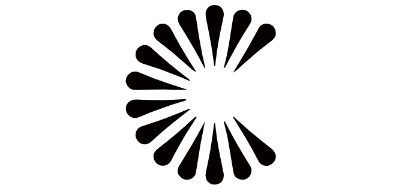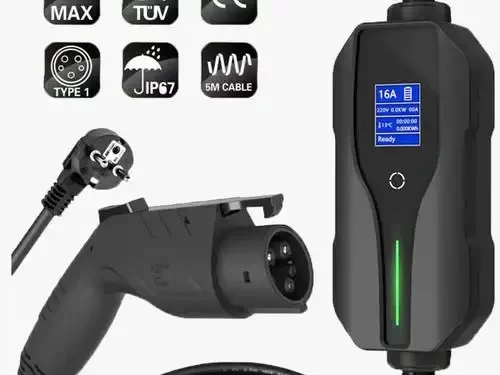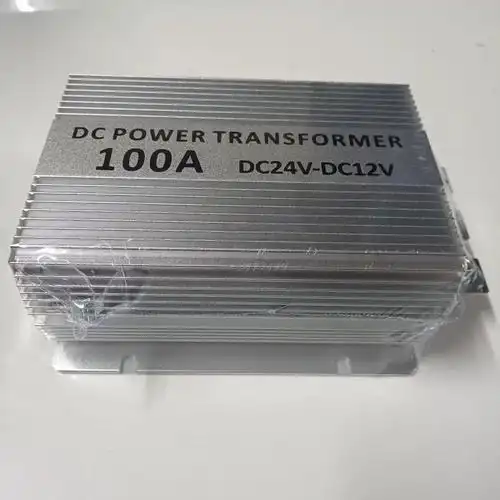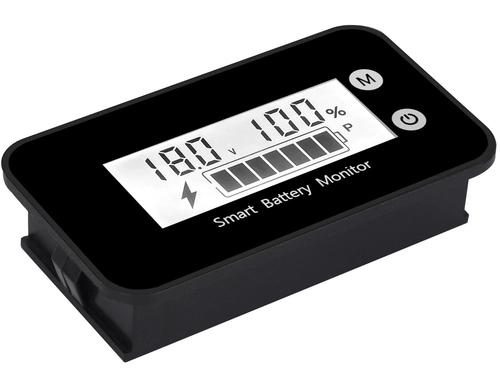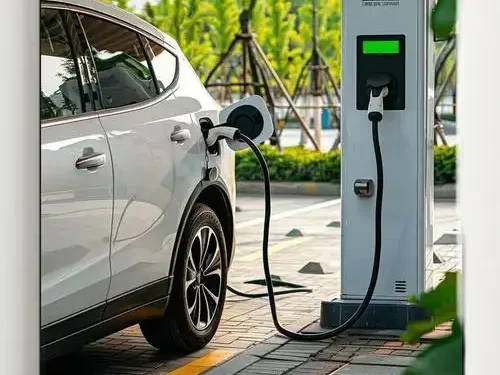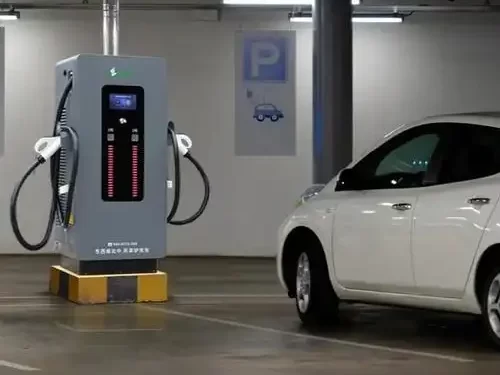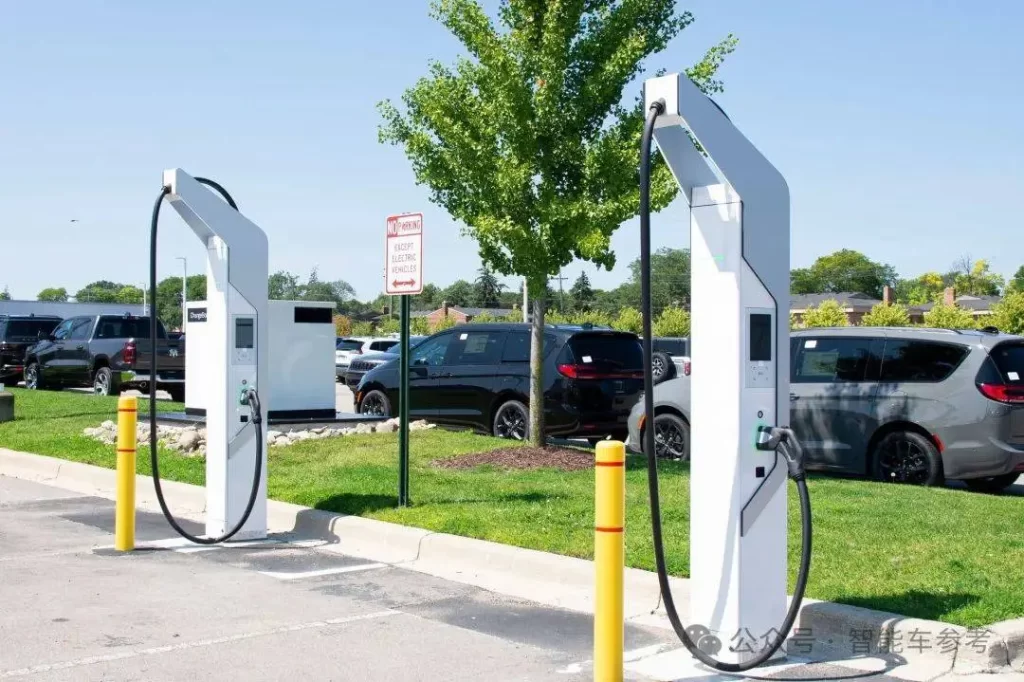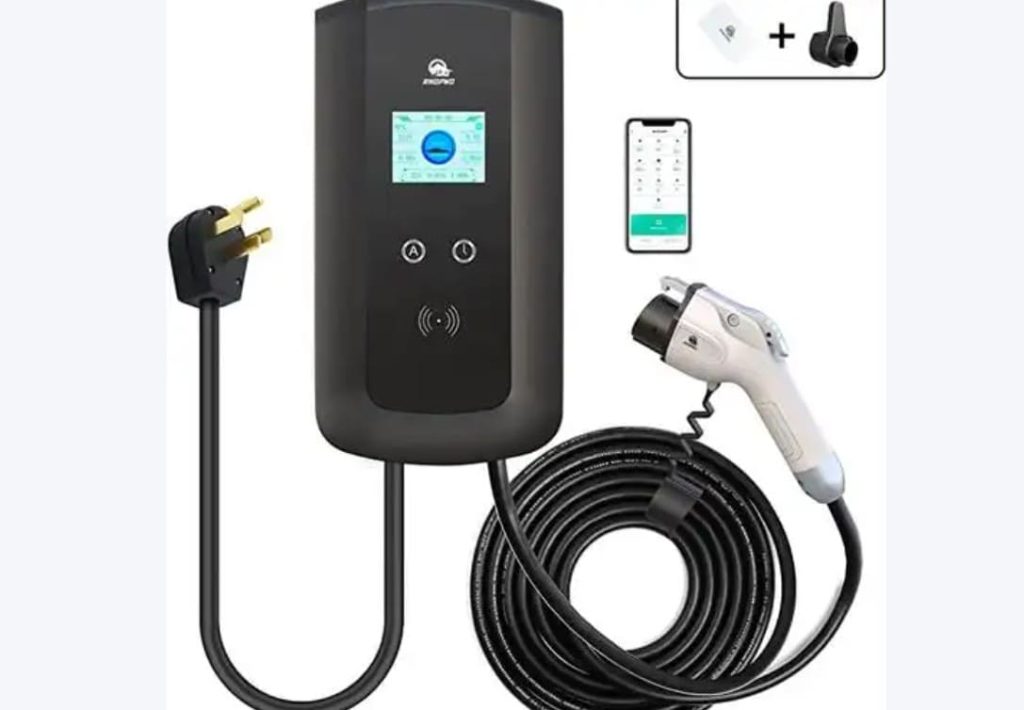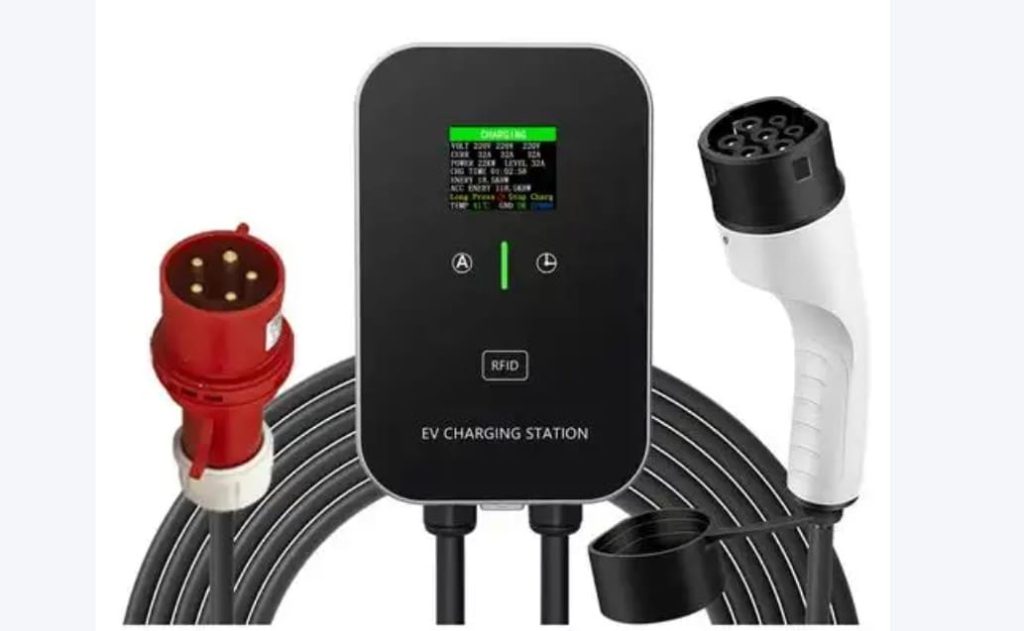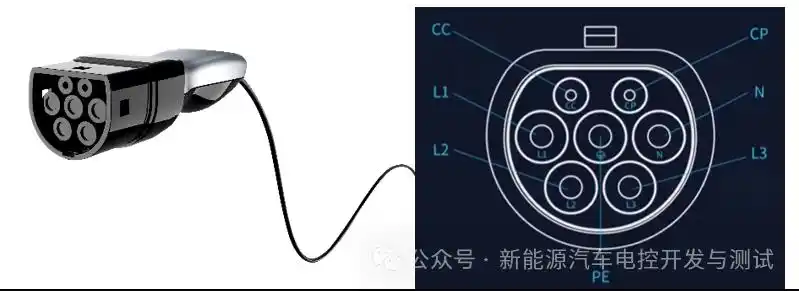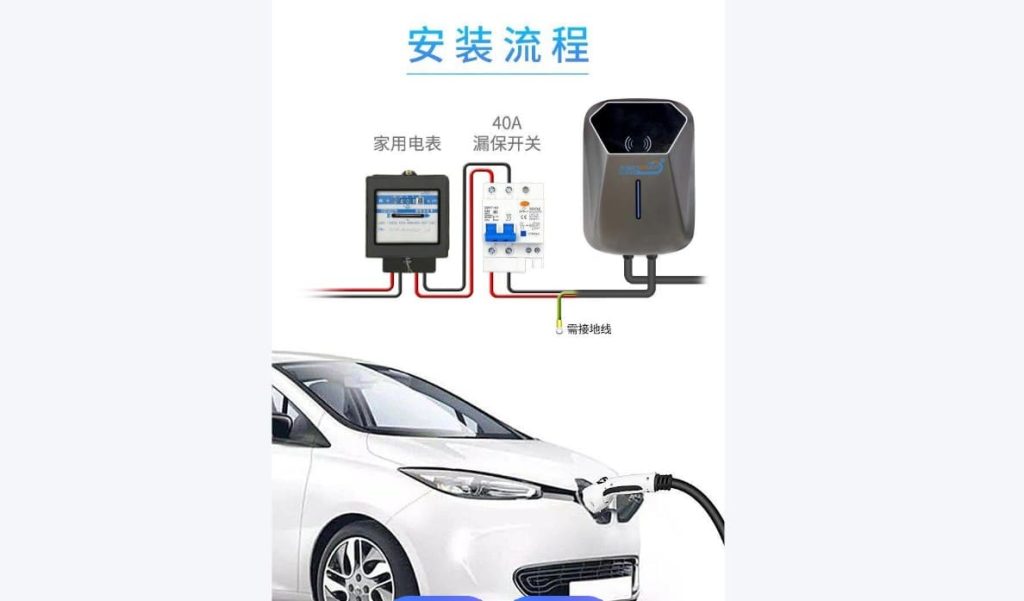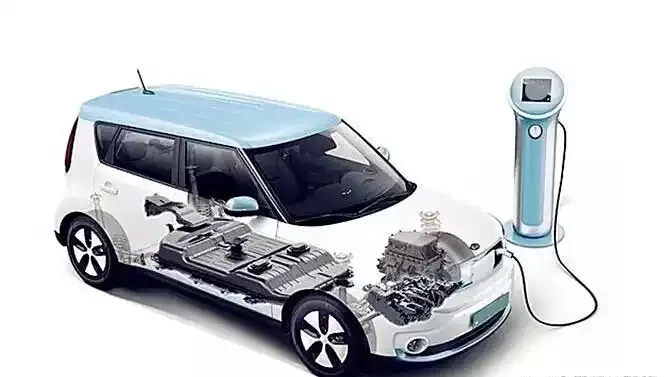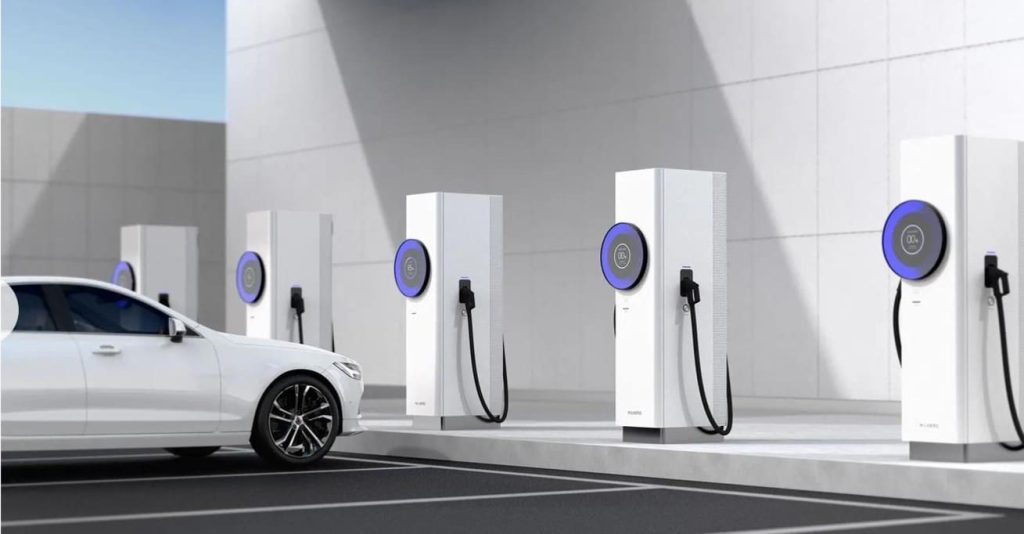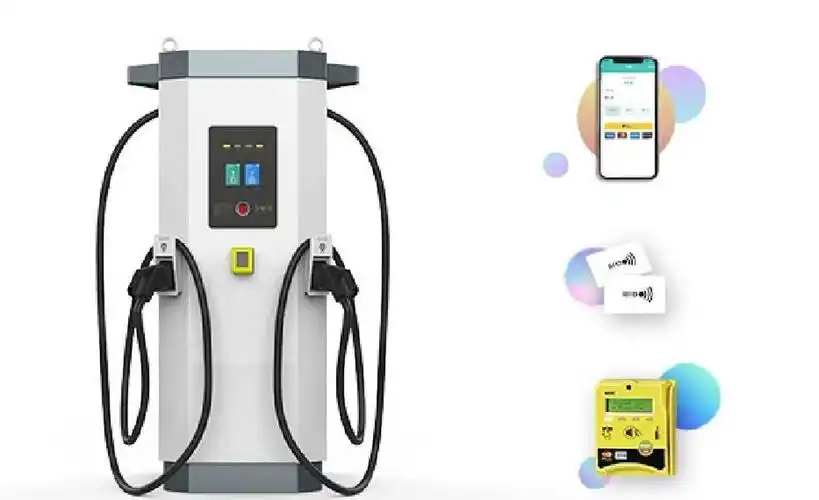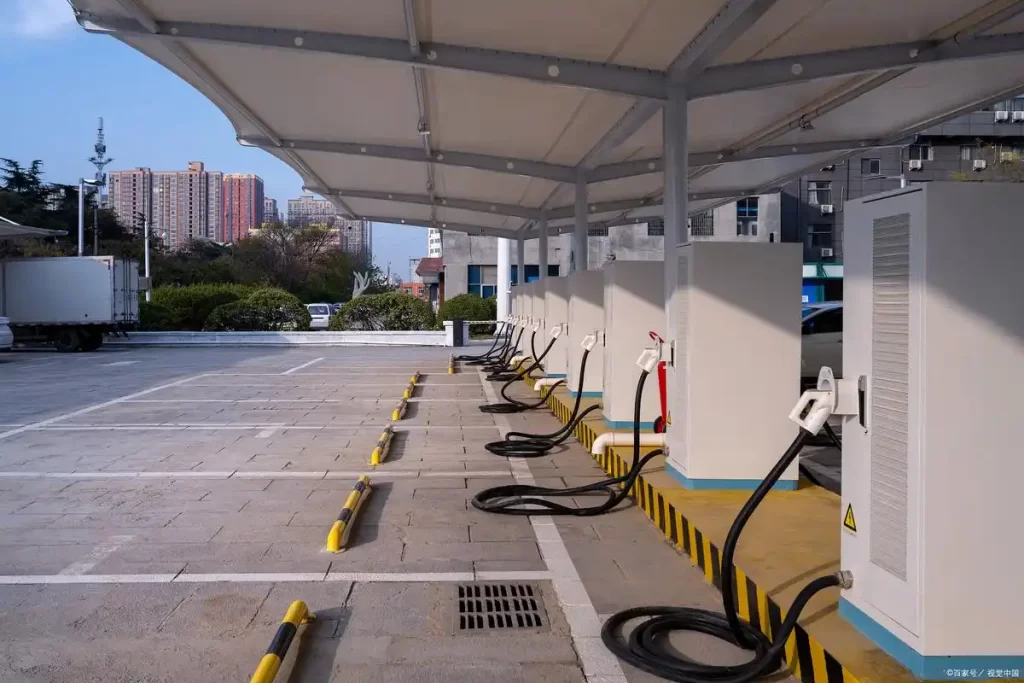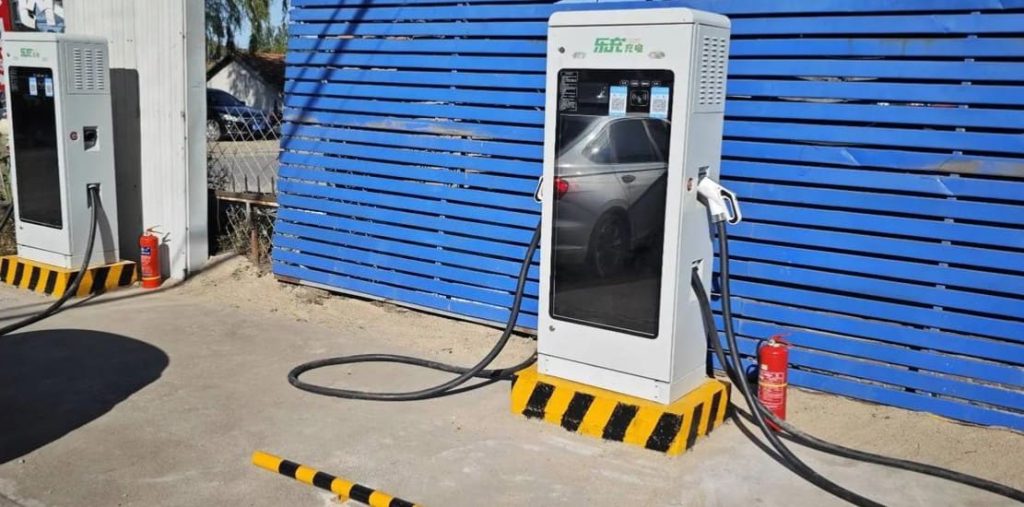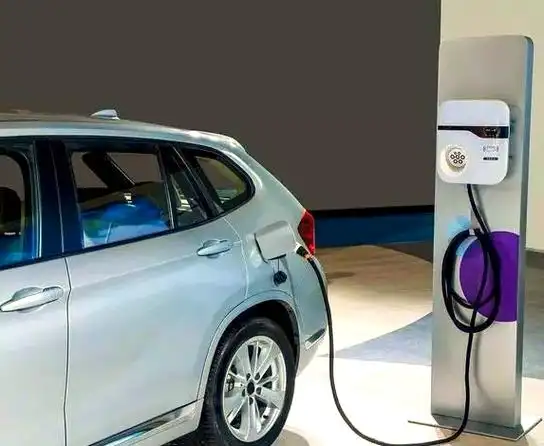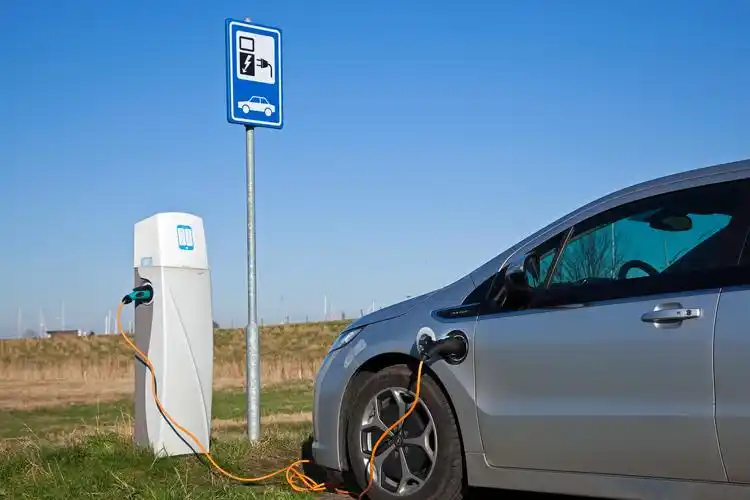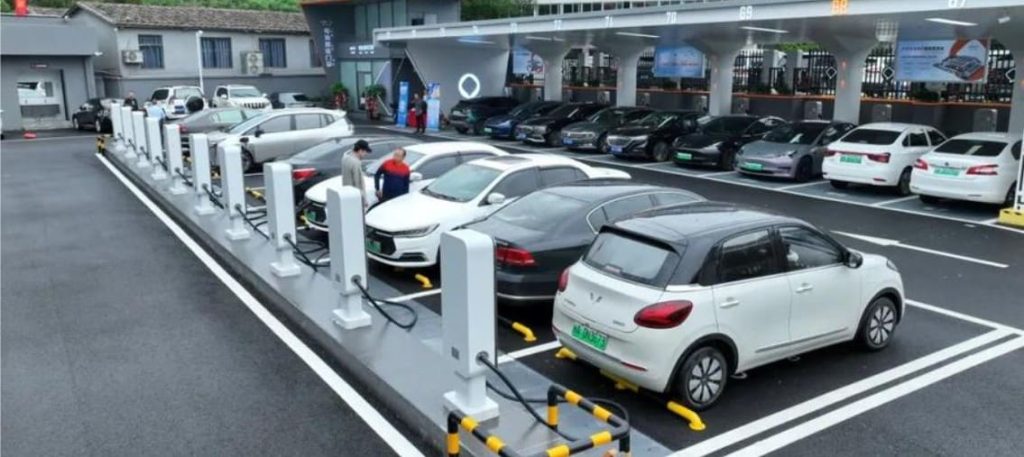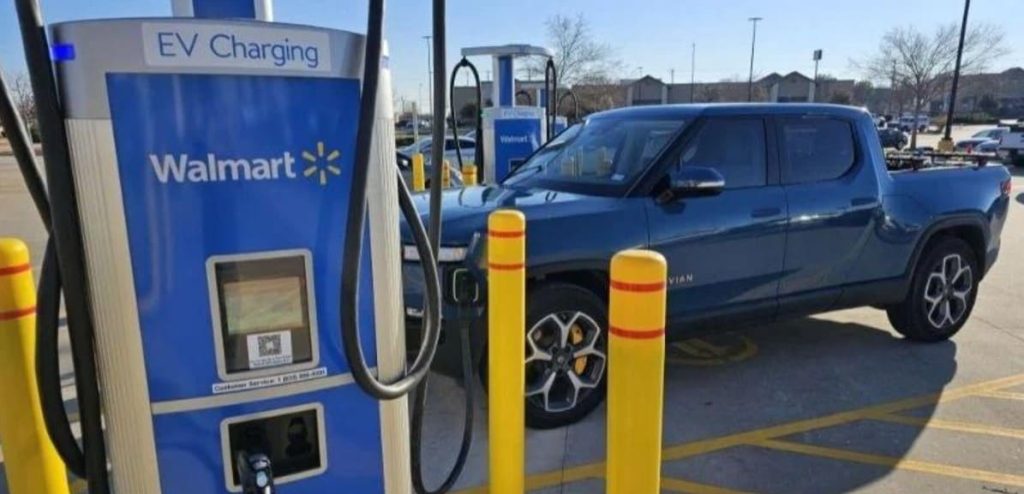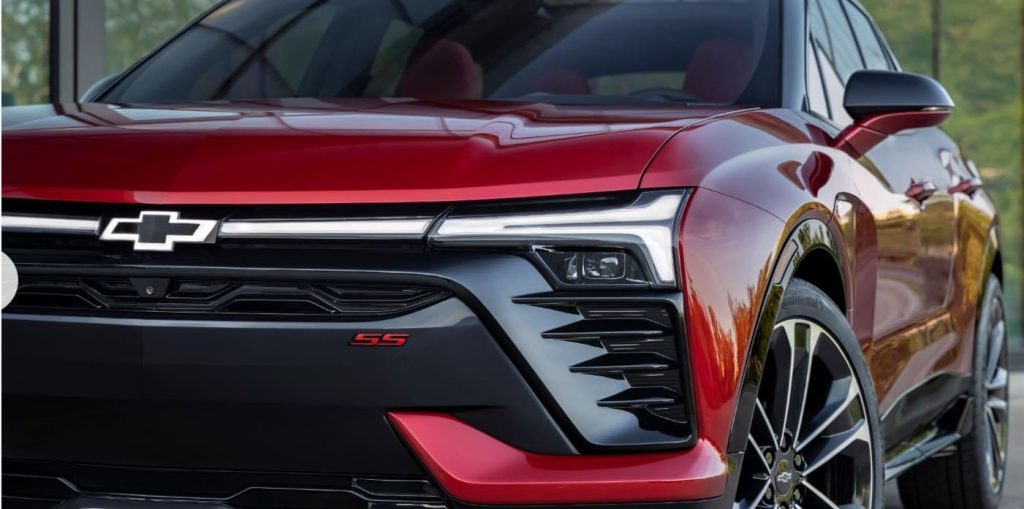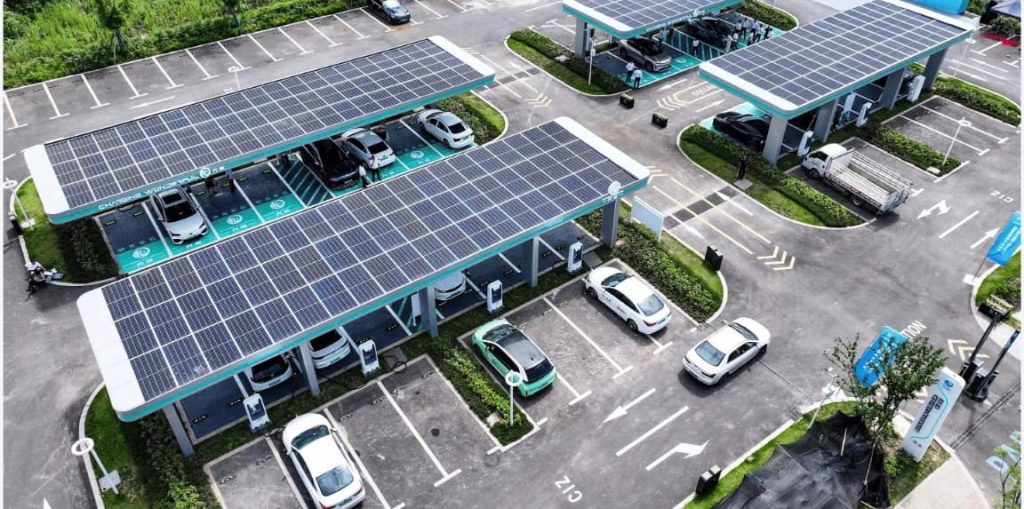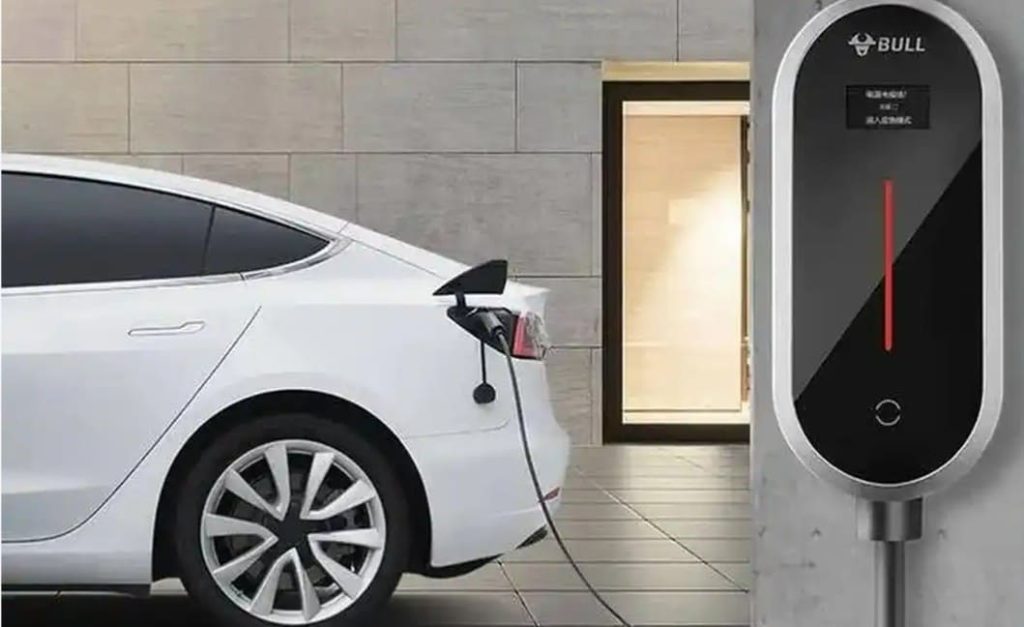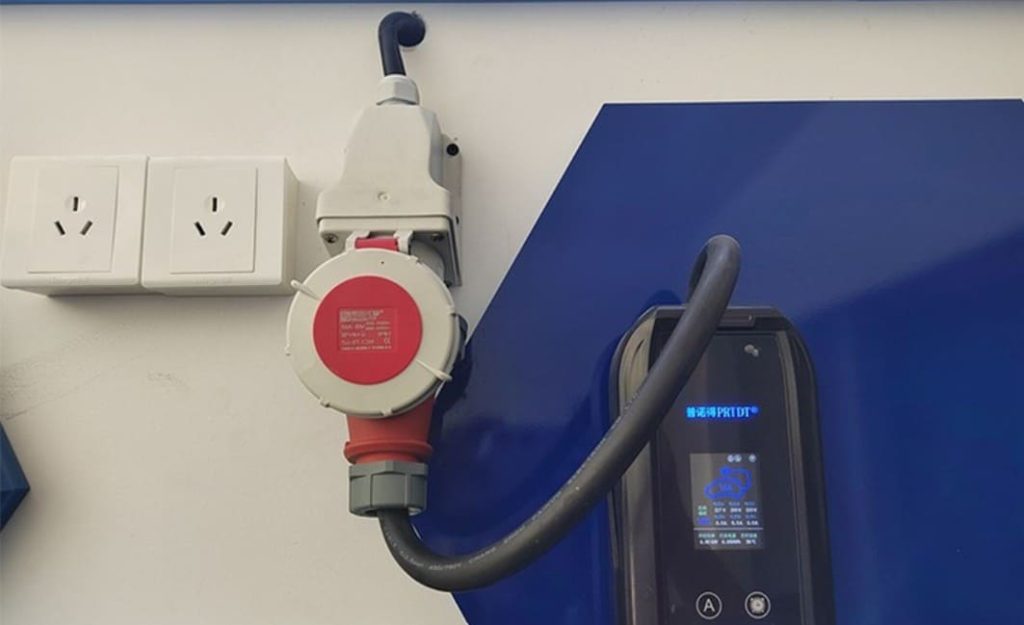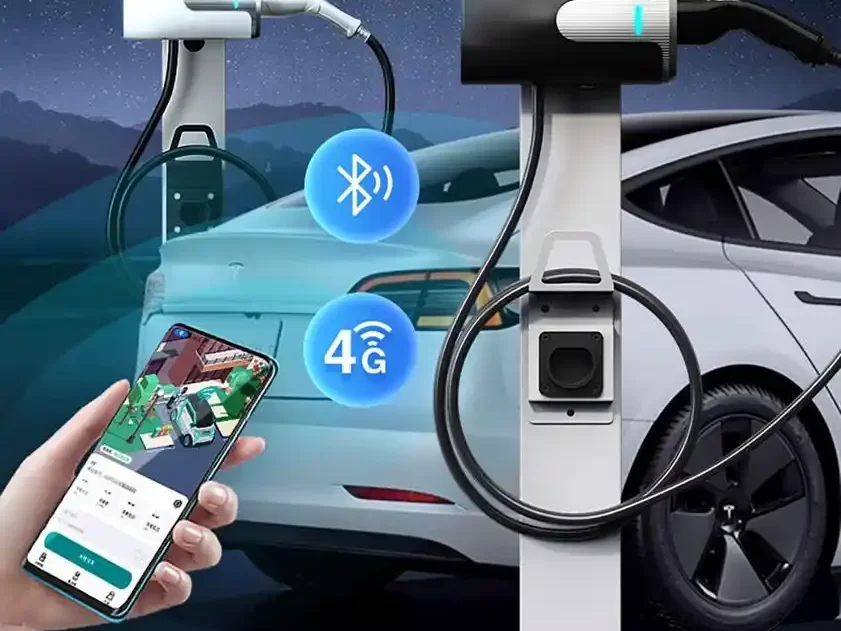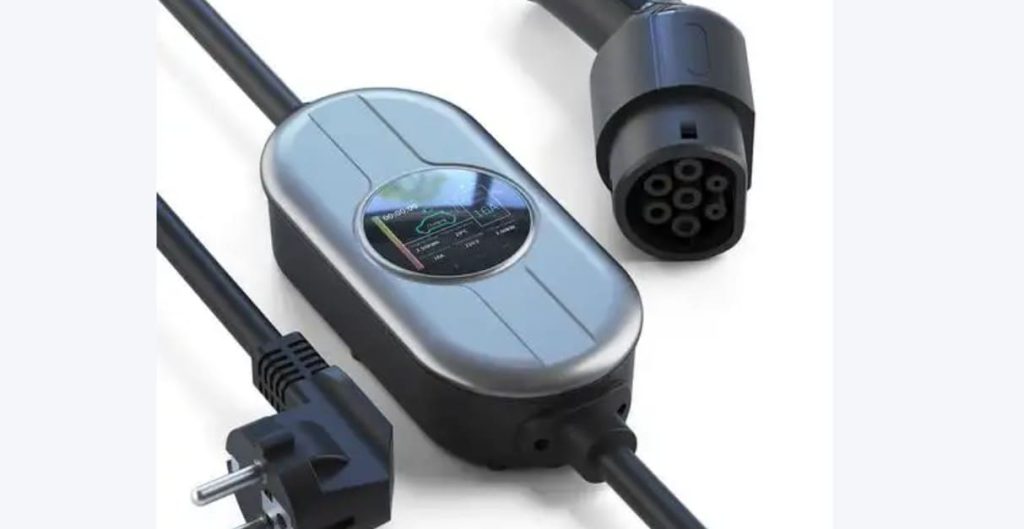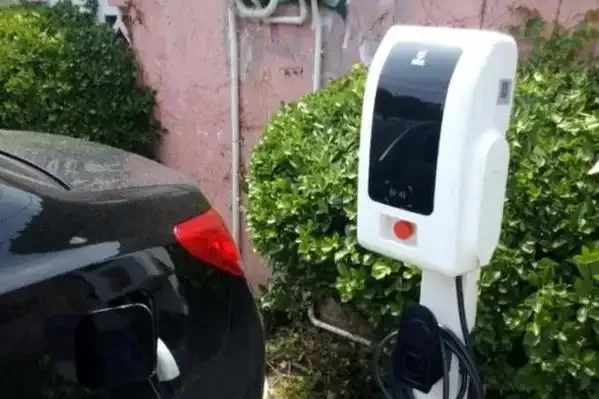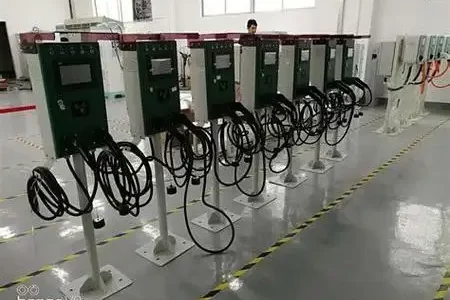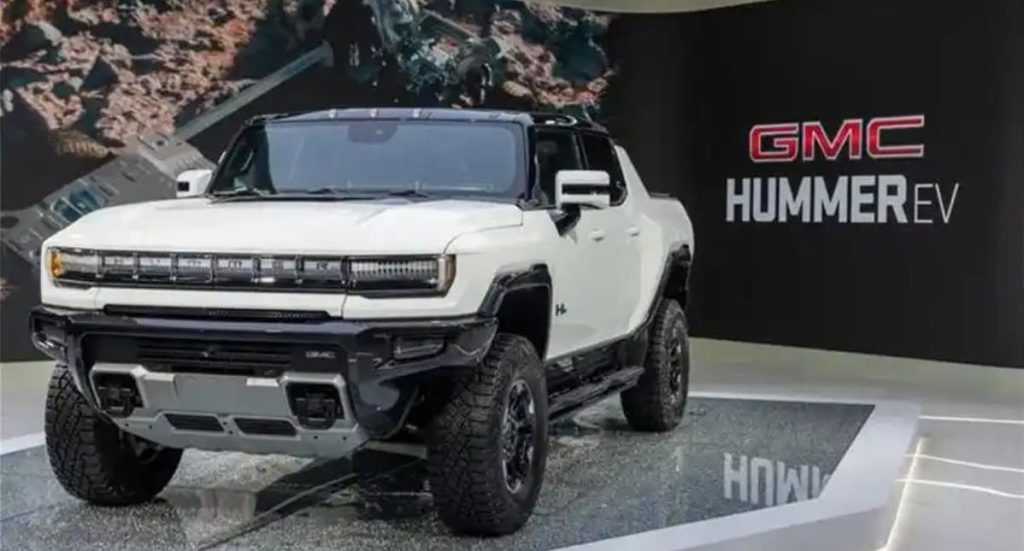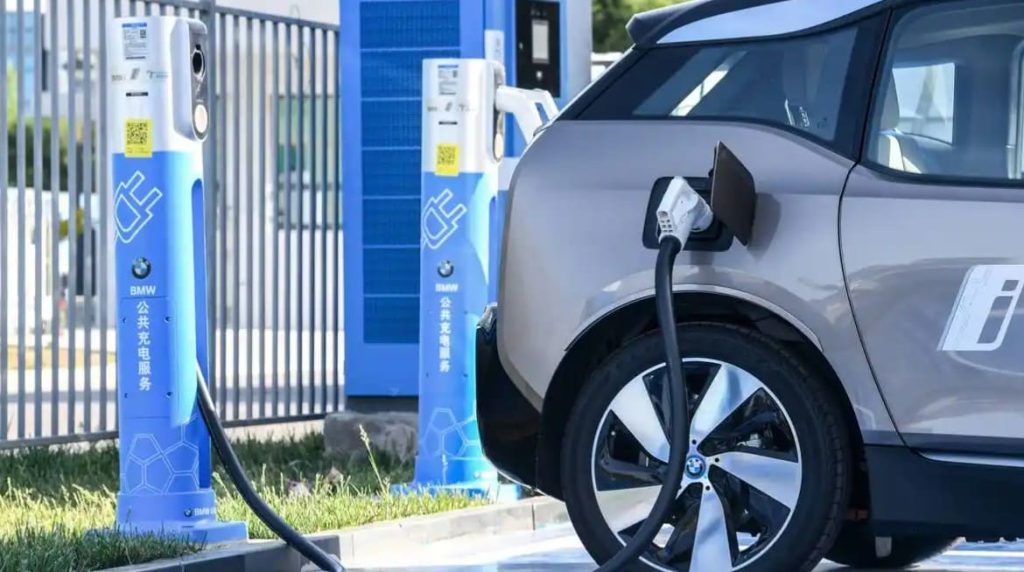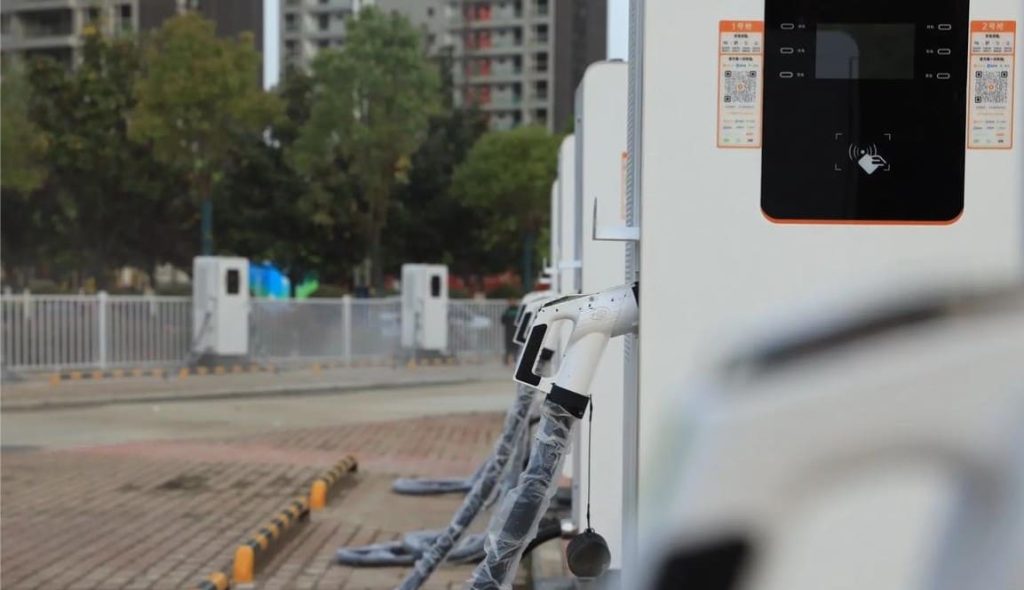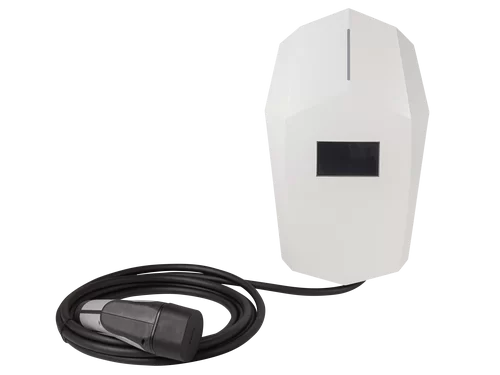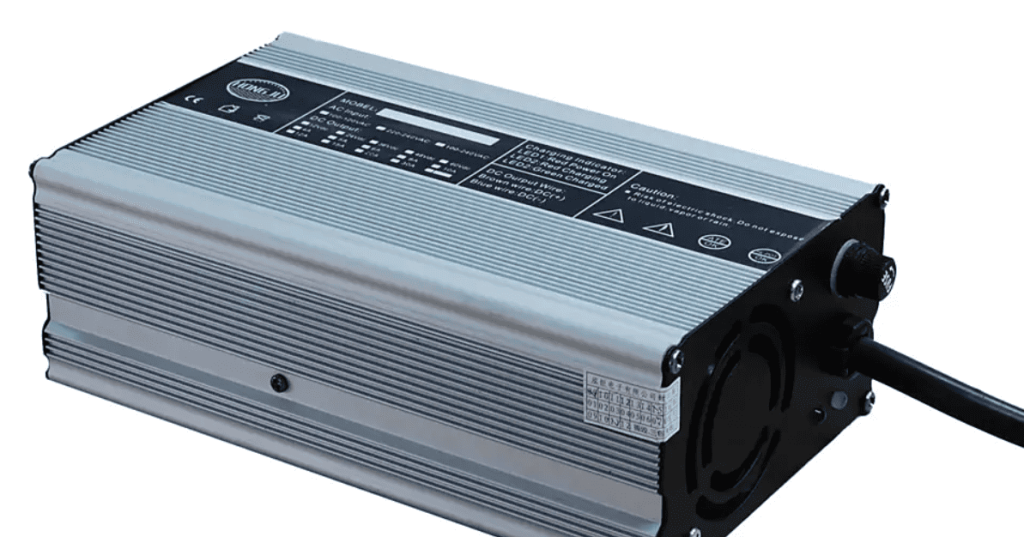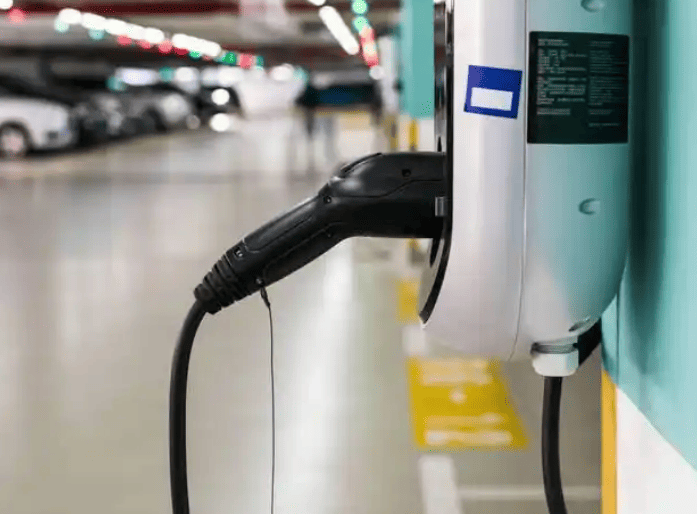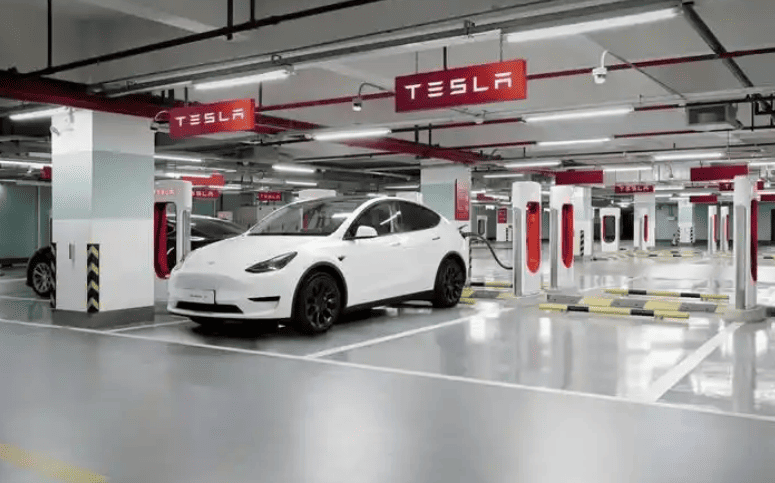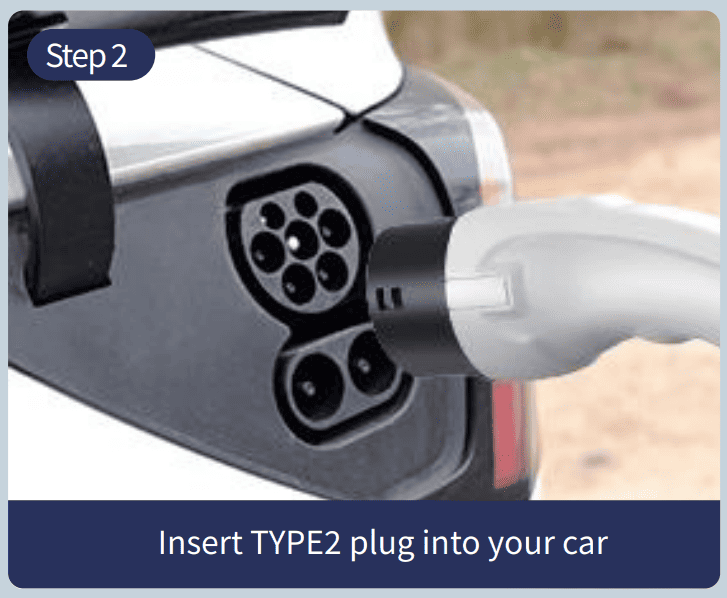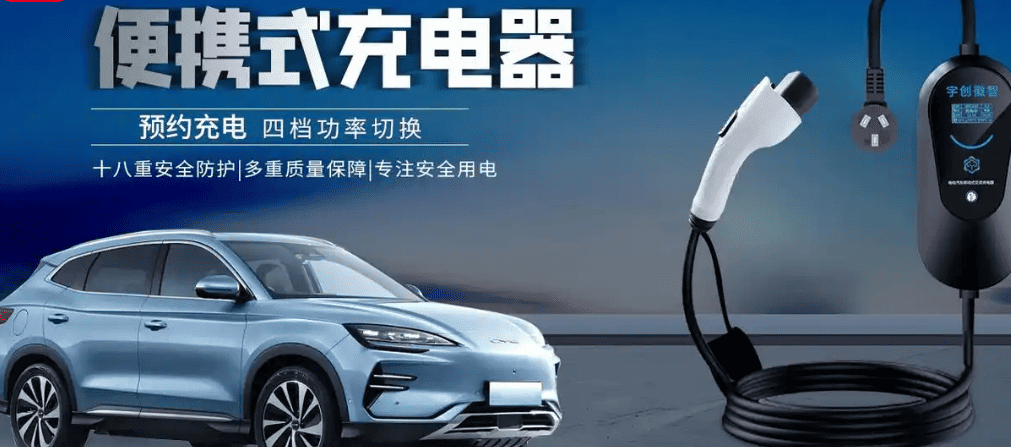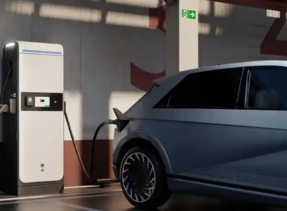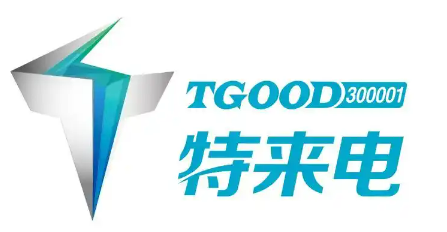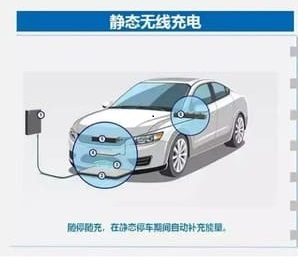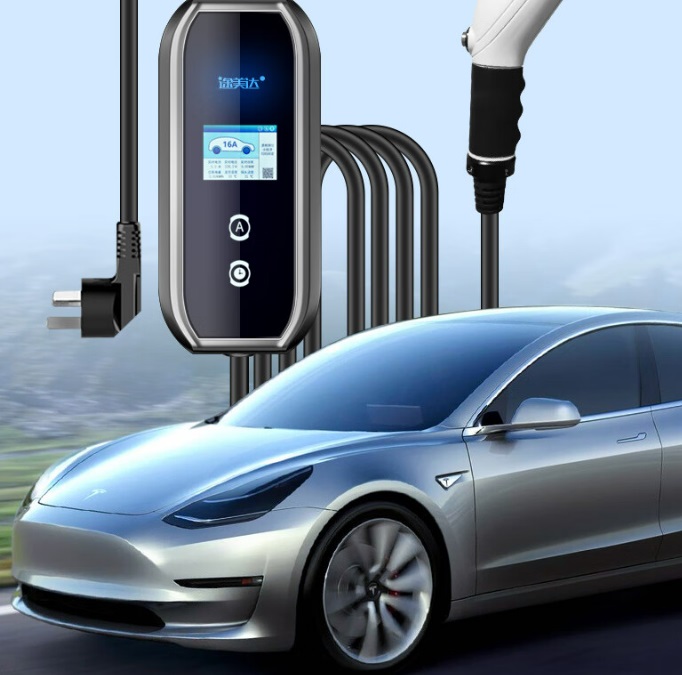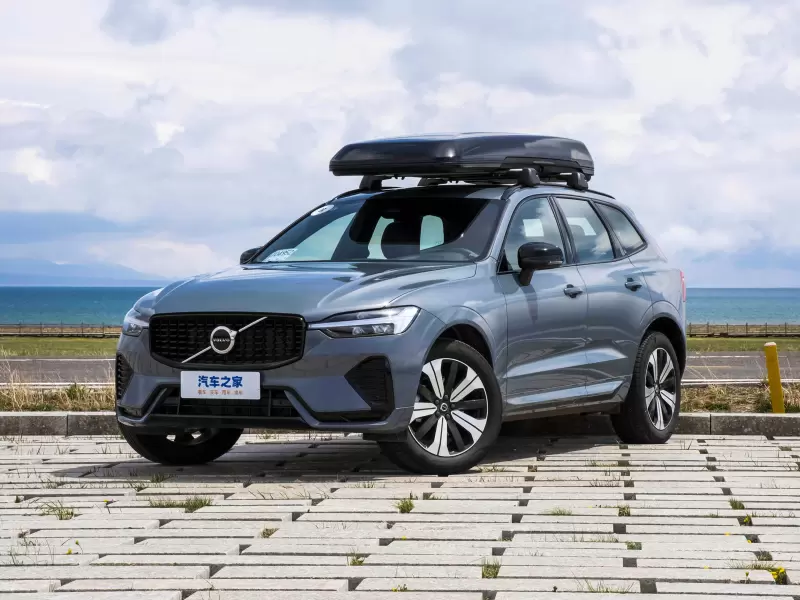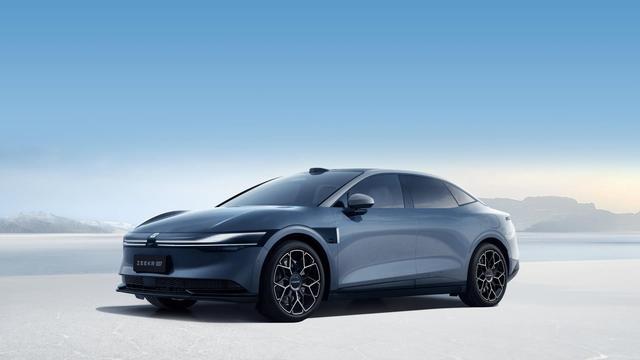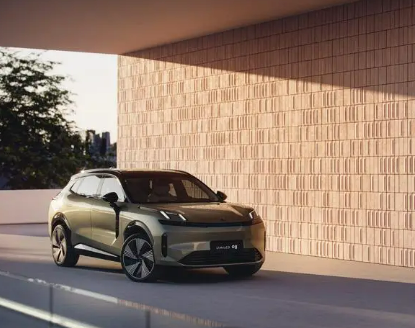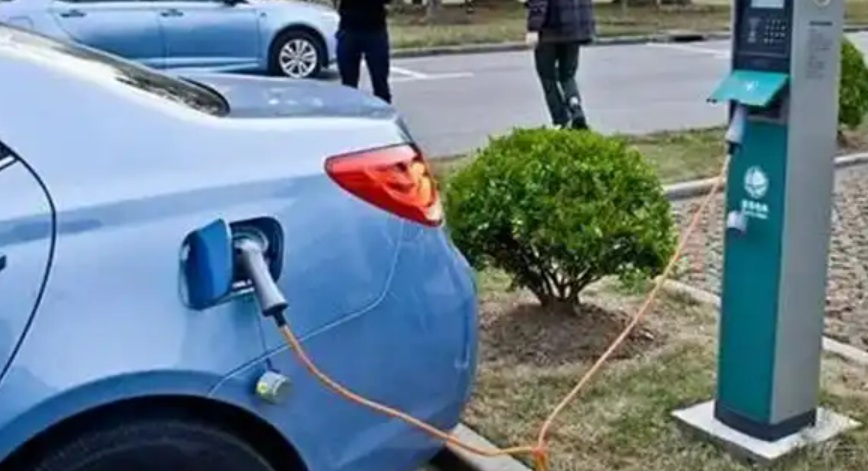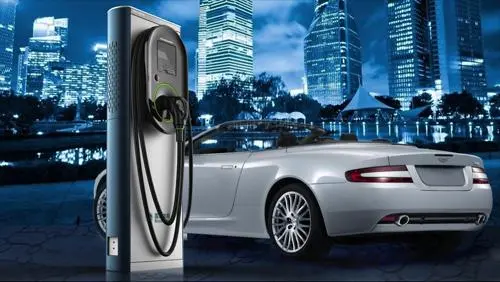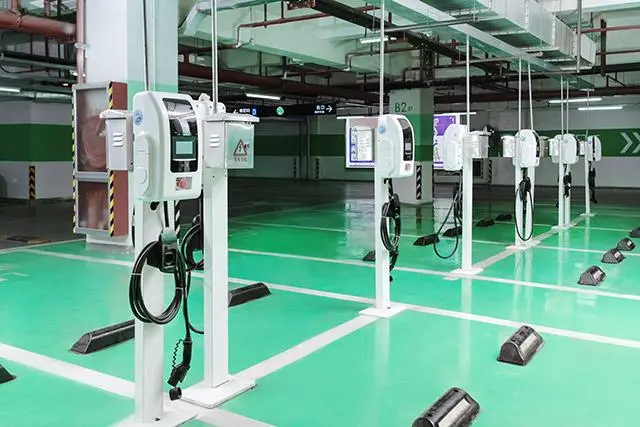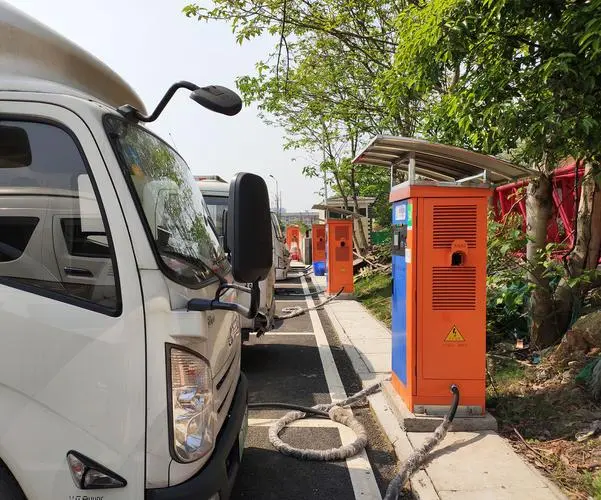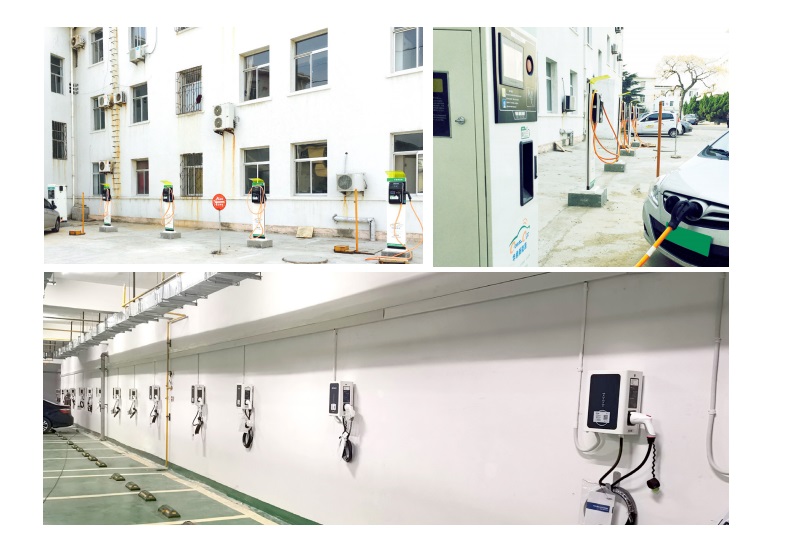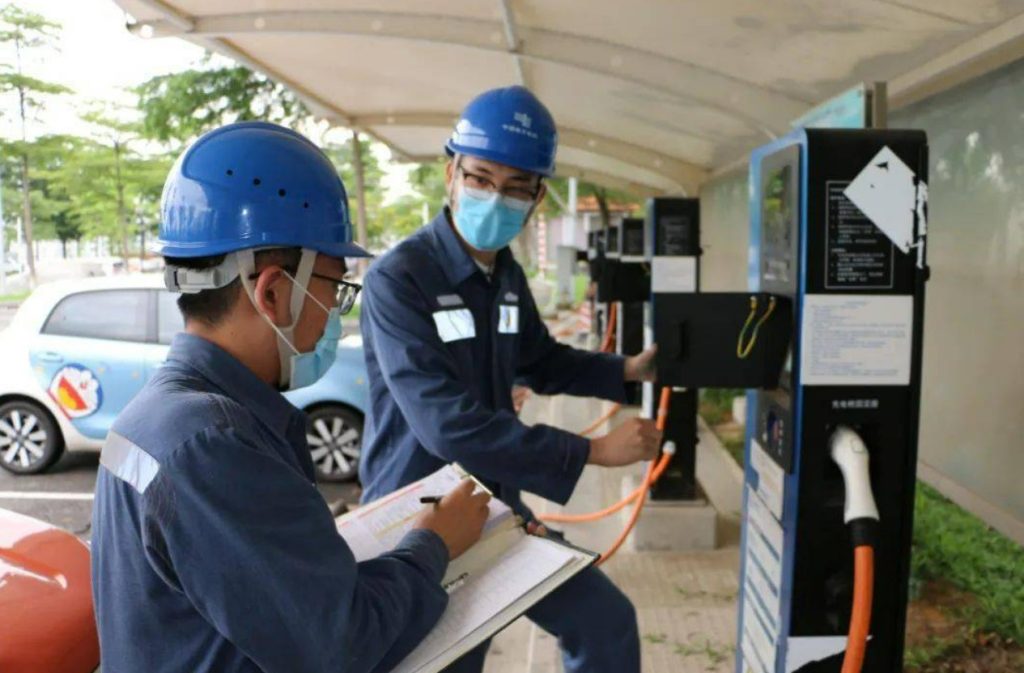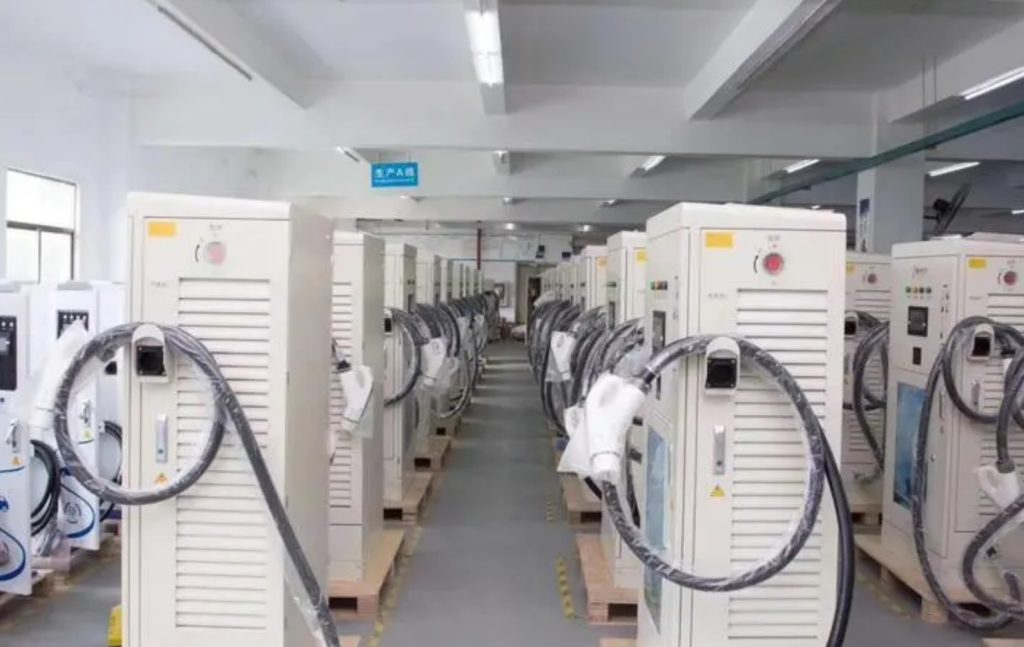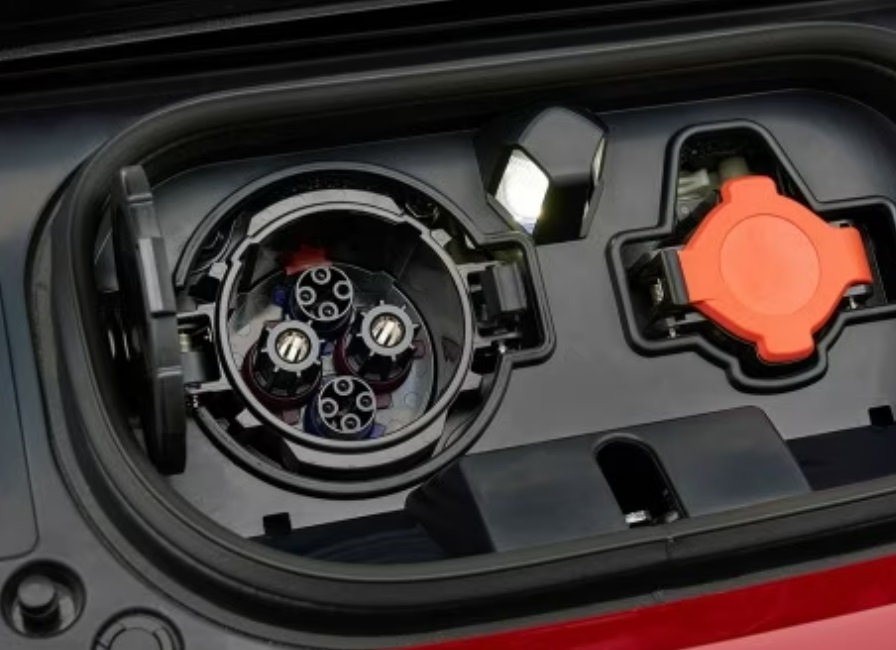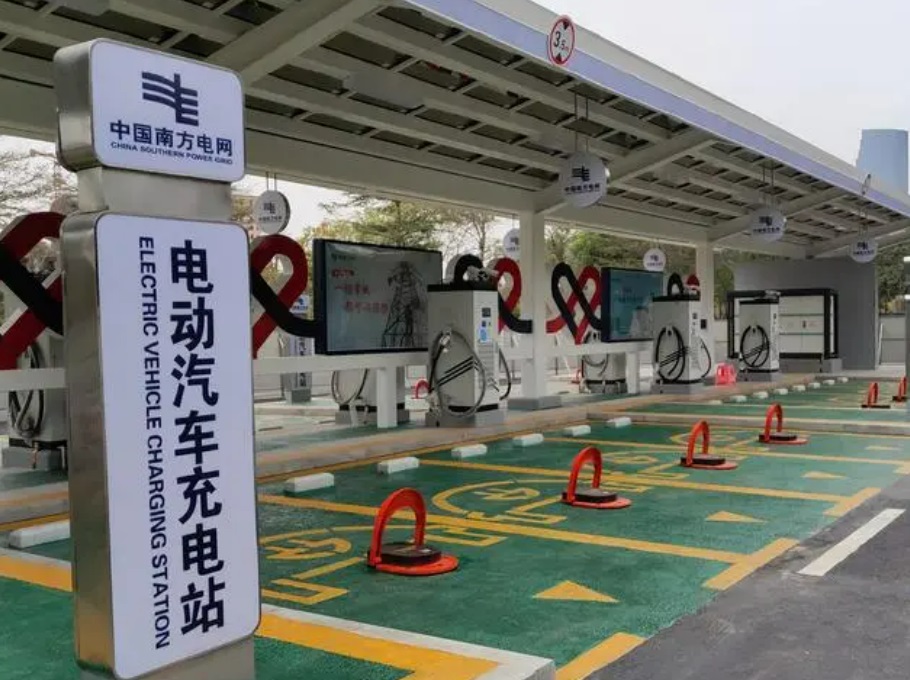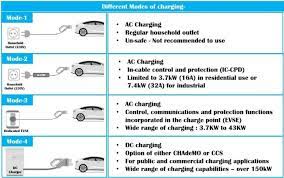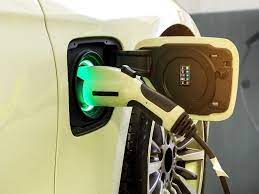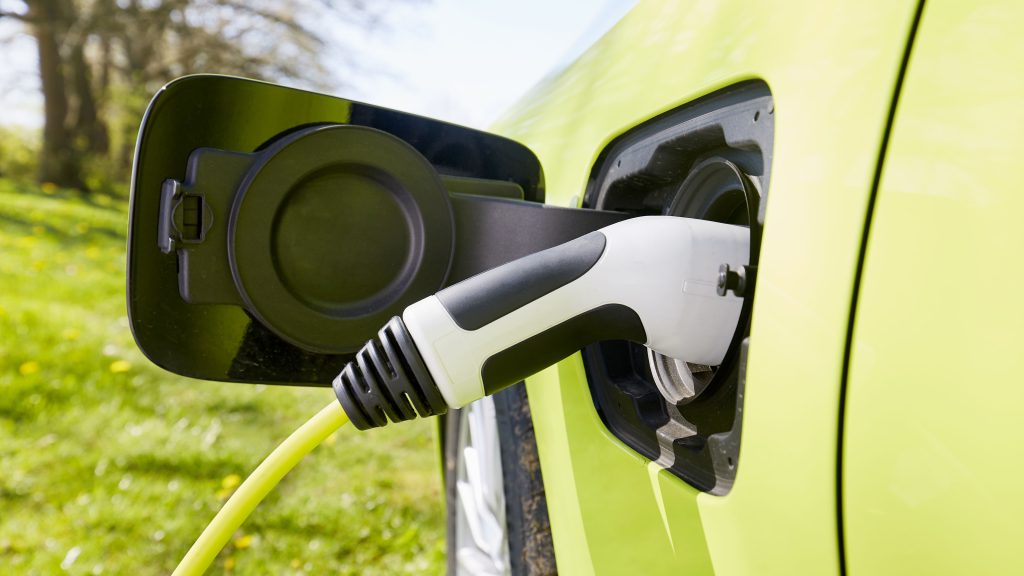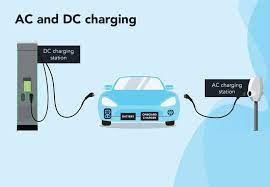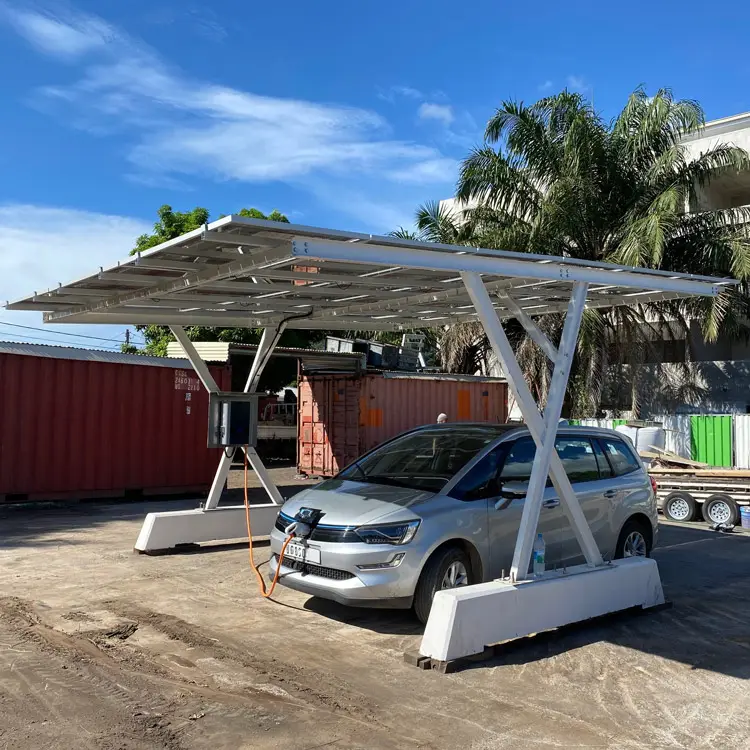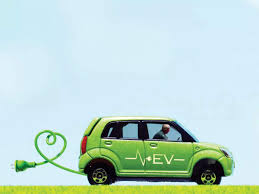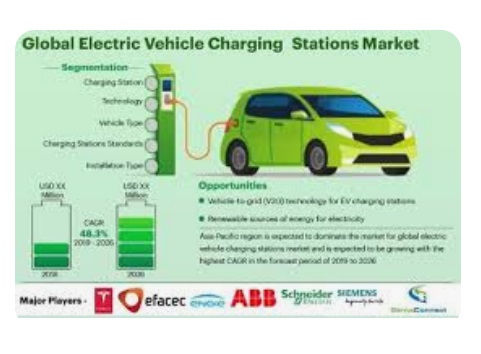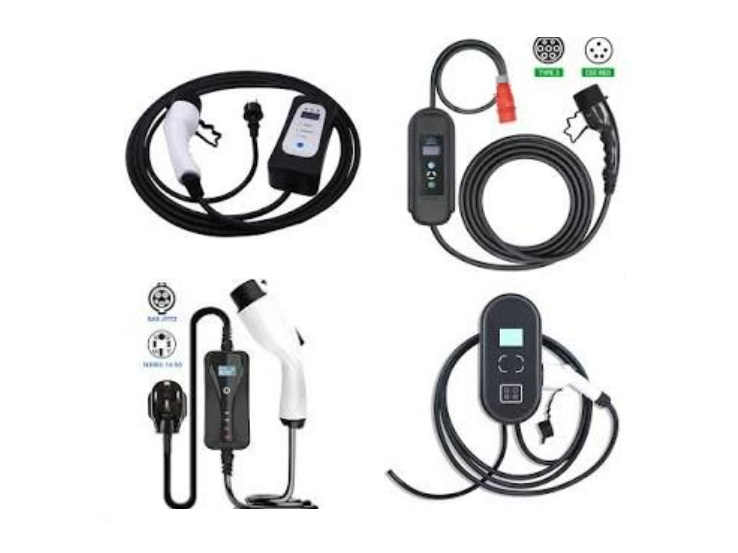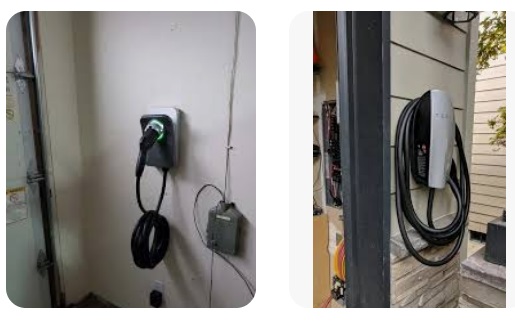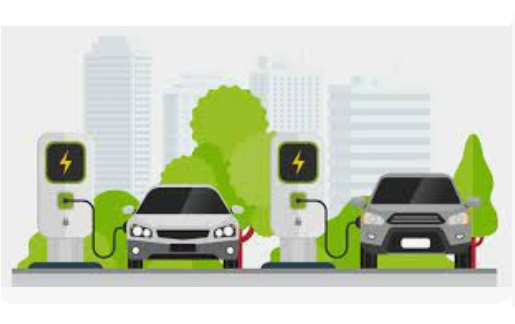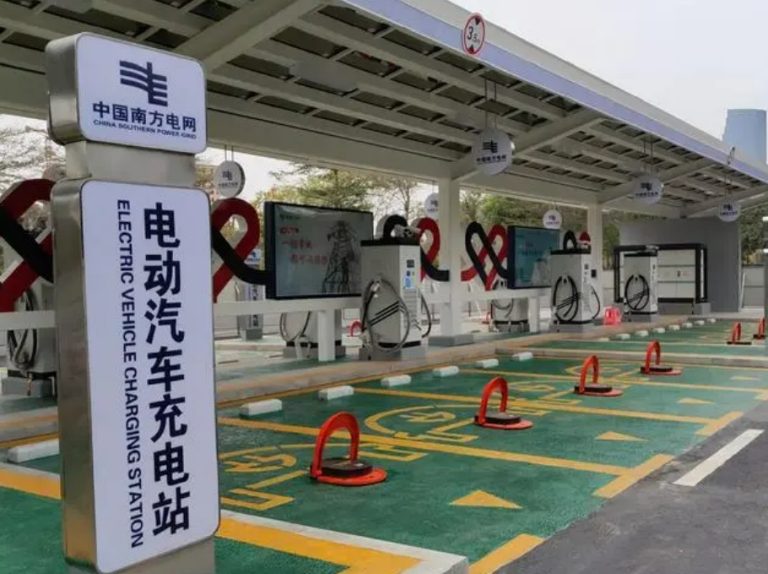Wireless EV Charger Technology
Wireless charging technology (Wireless charging technology; Wireless charge technology, derived from radio energy transmission technology, can be divided into low-power wireless charging and high-power wireless charging two ways.
Low-power wireless charging usually adopts electromagnetic induction, such as the Qi method of charging mobile phones, but ZTE’s electric vehicle wireless charging method adopts induction [1]. High-power wireless charging usually adopts a resonant mode (most electric vehicle charging uses this mode) by the power supply device (charger) to transmit energy to the electric device, which uses the received energy to charge the battery, and at the same time for its own operation.
Since the energy is transmitted between the charger and the electrical device by a magnetic field, no wires are connected between the two, so the charger and the electrical device can be exposed without conducting contacts.
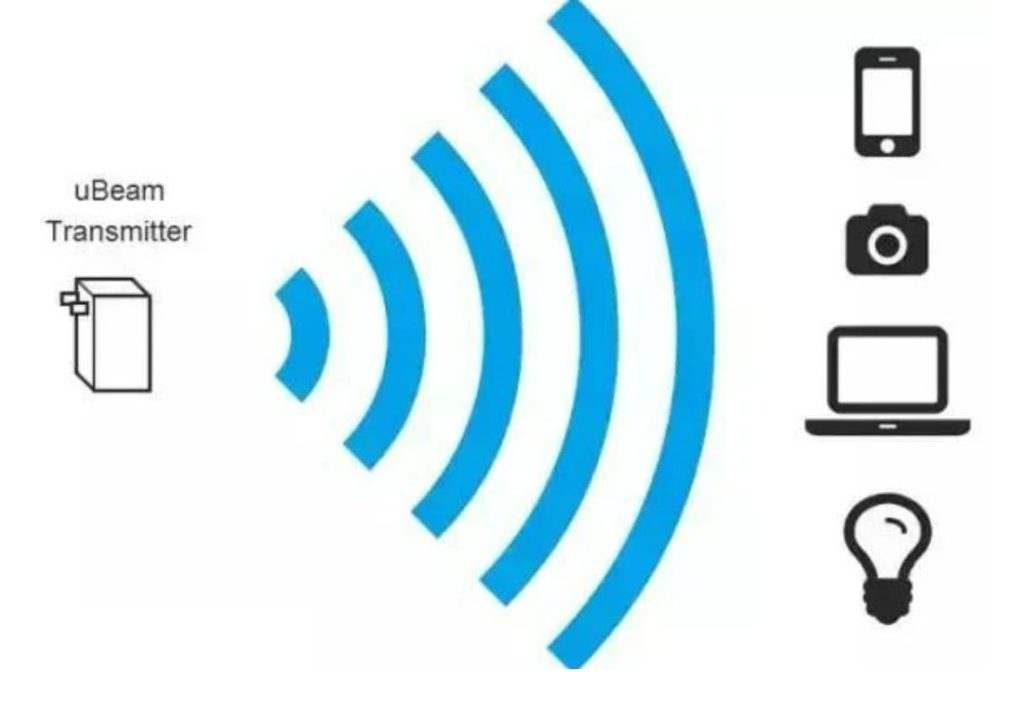
History:
In 1890, the physicist and electrical engineer NikolaTesla had already done experiments with wireless power transmission. The International System of Units for magnetic induction is also named after him. The wireless power transmission method conceived by Tesla is to take the earth as the inner conductor and the earth’s ionosphere as the outer conductor, and establish a low-frequency resonance of about 8Hz between the earth and the ionosphere by amplifying the transmitter in the radial electromagnetic wave oscillation mode, and then use the electromagnetic waves around the Earth to transmit energy. However, due to lack of financial resources, Tesla’s bold ideas have not been realized. Although later generations have completely confirmed the feasibility of this scheme in theory, the world has not yet achieved great harmony, and it is impossible to broadcast and obtain energy for free worldwide. And so a great scientific idea died.
On June 7, 2007, the MIT research team published the results on the website of the American journal Science. The team managed to “catch” electromagnetic waves by applying resonance to the transmission of electromagnetic waves, using a copper coil as an electromagnetic resonance device, with one coil attached to the transmitting power and the other to the receiving power. After the transmitter sends an electromagnetic wave of a specific frequency, it spreads to the receiver through the electromagnetic field, and the power is transmitted wirelessly. The technology, which they call “wireless power,” has been tested several times and has been able to successfully power a 60-watt light bulb two meters away. The technology can only be transmitted up to 2.7 meters, but the researchers believe that the power supply can already charge batteries within this range. And you only need to install a single power source, you can power the entire house of electrical appliances.
In February 2014, computer manufacturer Dell joined the A4WP camp, at that time, the relevant senior executives of the camp said that they would upgrade the technology to support Dell and other computer manufacturers’ ultrabooks for wireless charging. Most conventional laptops on the market are powered by more than 50 watts of power, but the ultrabook uses Intel’s low-power processor and will be the first laptops to use wireless charging. Prior to this, wireless charging technology has been only related to “small” mobile devices such as smartphones and small-size tablets. However, A4WP (” Wireless Charging Alliance “), one of the three major wireless charging camps, recently announced that its technical standards have been upgraded, and the charging power supported has increased to 50 watts, which means that high-power devices such as laptops and tablets can also achieve wireless charging.
In October 2017, the mobile phone family that supports wireless charging functionality ushered in three new members: iPhone 8, iPhone 8 Plus and iPhone X – they all support the Qi wireless charging standard, in order to bring greater convenience to users, and the phone itself looks cooler.
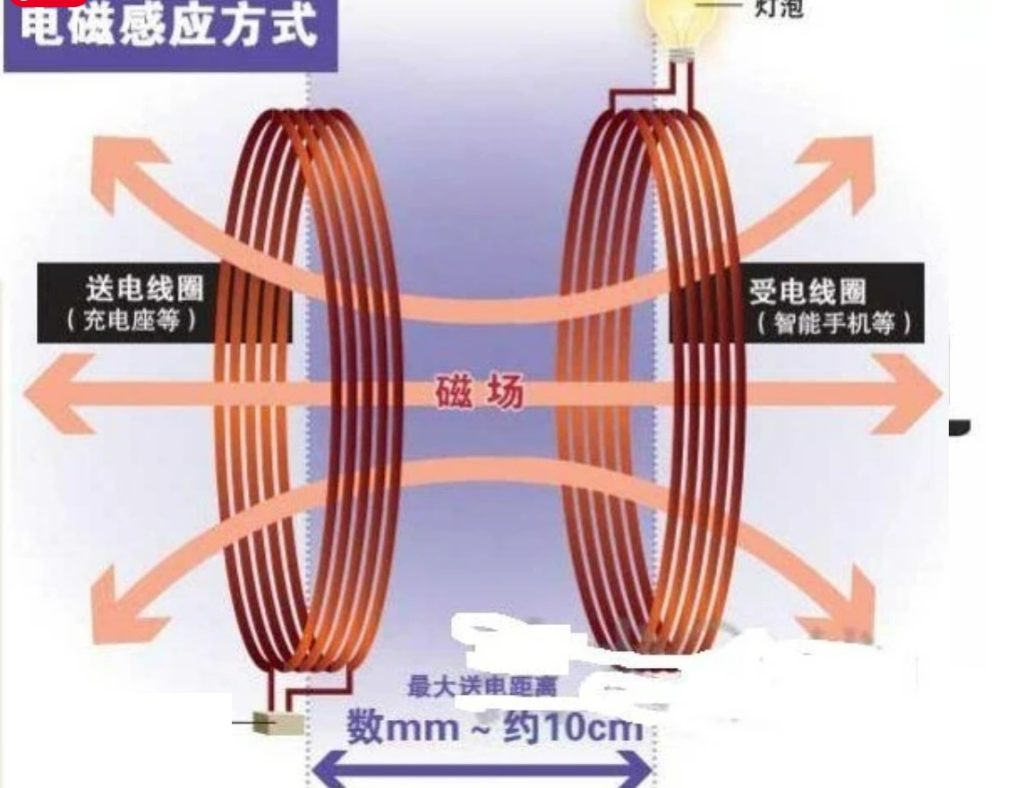
Working Principle:
Electromagnetic induction type
A certain frequency of alternating current in the primary coil generates a certain current in the secondary coil through electromagnetic induction, thereby transferring energy from the transmission end to the receiving end. At present, the most common charging solution uses electromagnetic induction. In fact, there is not much mystery in the technical realization of electromagnetic induction solutions. As early as December 2005, BYD, a local Chinese company, applied for a non-contact induction charger patent, using electromagnetic induction technology [2].
Magnetic resonance
Consisting of an energy transmitting device and an energy receiving device, when the two devices are tuned to the same frequency, or resonant at a particular frequency, they can exchange energy with each other, is a technique that is currently being studied, The research team, led by MIT physics professor Marin Soljacic, used the technology to light a 60-watt bulb two meters away and named it WiTricity. The diameter of the coil used in the experiment reached 50cm, which is not yet commercialized, and if the size of the coil is reduced, the receiving power will naturally decrease.
Radio wave type
This is a more mature technology, similar to the early use of ore radios, mainly composed of microwave transmitters and microwave receivers, can capture the radio wave energy bouncing off the wall, while adjusting with the load while maintaining a stable DC voltage. This method requires only a transmitter mounted in a wall plug and a “mosquito” receiver that can be installed in any low-voltage product.
Mainstream Technology:
There are five mainstream Wireless charging standards: Qi standard, Power Matters Alliance(PMA) standard, Alliance for Wireless Power(A4WP) standard, iNPOFi technology, and Wi-Po technology.
- Qi standard
Qi is the world’s first standardization organization to promote Wireless charging technology – Wireless charging Alliance (Wireless Power Consortium, referred to as WPC) launched the “wireless charging” standard, with convenience and versatility. First of all, different brands of products, as long as there is a Qi logo, can be charged with Qi wireless charger. Secondly, it has overcome the technical bottleneck of wireless charging “versatility”, in the near future, mobile phones, cameras, computers and other products can be charged with Qi wireless chargers, providing the possibility for large-scale applications of wireless charging.
The more mainstream wireless charging technology in the market is mainly through three ways, namely electromagnetic induction, radio waves, and resonance, and Qi uses the most mainstream electromagnetic induction technology. In terms of technology applications, Chinese companies are already at the forefront of the wireless charging industry. It is reported that Qi’s application products in China are mainly mobile phones, which is the first stage, and will be applied to different categories or higher power digital products in the future. - Power Matters Alliance standards
The Power Matters Alliance standard is initiated by Duracell Powermat, which is a joint venture between P&G and Powermat, a wireless charging technology company, and has a relatively outstanding comprehensive strength. In addition, Powermat is a supporting member of the Alliance for Wireless Power(A4WP) standard.
Already, AT&T, Google and Starbucks have joined the PMA Alliance (short for Power Matters Alliance). The PMA Alliance is committed to creating wireless power standards for mobile phones and electronic devices that meet the standards of the IEEE Society, and has a leadership position in the field of wireless charging.
Duracell Powermat has released a WiCC charging card based on the Power Matters Alliance standard. Larger than an SD card, the WiCC is embedded with components such as coils and electrodes for electromagnetic induction contactless charging. The card is thin and can be inserted next to existing smartphone batteries, making it easy for many portable devices to support contactless charging. - A4WP standard
A4WP is short for the Alliance for Wireless Power standard, created by the Wireless Charging Alliance co-founded by Qualcomm, Samsung, and the aforementioned Powermat. The alliance, which also includes Ever Win Industries, Gill Industries, Peiker Acustic and SK Telecom, aims to set technical standards and an industry dialogue mechanism for wireless charging devices for electronic products, including portable electronics and electric vehicles. - iNPOFi technology
iNPOFi (” invisible power field “or” invisible energy field “) wireless charging is a new wireless charging technology. Its wireless charging series products use intelligent electric transmission wireless charging technology, with no radiation, high energy conversion efficiency, weak thermal effect and other characteristics.
Compared with other existing wireless charging technologies, iNPOFi has no radiation, adopts electric field pulse mode, does not produce any radiation, and the test results of China Tel Laboratory show that the added value of radiation is close to zero. In terms of efficiency, Theil laboratory also determined that the product of this technology has a charging transmission efficiency of more than 90%, completely changing the low efficiency of the traditional wireless charging up to 70%.
In terms of intelligent management, chip adaptation management technology is used, including: automatically open and close the charging process; Automatically adapt the required voltage and current, and manage the charging process to ensure high charging efficiency; And can use a unified charging board for any brand, model of electronic products, safe, convenient and efficient charging. In terms of safety, while taking into account a variety of weak charge security issues, such as electrostatic ESD protection, anti-overcharge, anti-impact, etc., and even if the power management of the device itself has problems, you can automatically fuse through the inpofi chip to protect electronic equipment from being damaged.
It is worth mentioning that for smart device manufacturers, inpofi is based on a very small chip as the core to achieve ultra-fine design, only 1/4 of the size of a fifty cent coin, which can be easily integrated into any device, and can also be integrated into various forms of wearable devices. This is the traditional electromagnetic principle of the product can not achieve.
As a new generation of wireless charging technology standard, iNPOFi technology is efficient, green, convenient and economical. The charging device using the technology includes two parts: a power transmitter and a power receiver. The size, thickness and thickness of the transmitter are similar to that of an ordinary mobile phone. The receiving device is embedded in the mobile phone protective cover, and the mobile phone is covered with the protective cover and placed flat on the transmitter for charging. During the charging process, the phone does not need to plug in any cable. The relevant test shows that the electromagnetic radiation is zero during the charging process, and the power efficiency conversion reaches 94.7%, which is close to the wired charging. The charging device supports low voltage power supply, compatible with ordinary USB power supply; Achieve low temperature charging, effectively ensure the use of equipment and battery safety and life. - Wi-Po technology
Wi-Po technology is a Wi-Po magnetic resonance wireless charging technology, which uses a high-frequency constant amplitude alternating magnetic field generation device to generate a resonant magnetic field of 6.78MHz to achieve a longer transmission distance.
The technology realizes communication control through Bluetooth 4.0, which is safe and reliable, and can support one-to-many synchronous communication, and also has over temperature, over voltage, over current protection and foreign body detection functions. Because the carrier of this technology is a space magnetic field, the energy will not be emitted like electromagnetic waves, so it will not cause radiation damage to the human body.
Wi-Po magnetic resonance wireless charging can be applied to mobile phones, computers, smart wearable, smart home, medical equipment, electric vehicles and other scenarios.
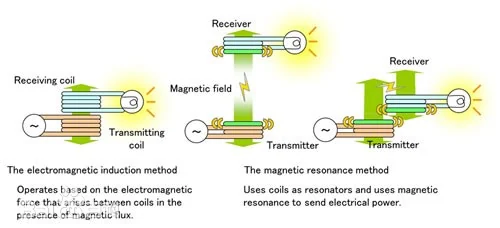
EV charger Wireless Charging Technology:
Current situation abroad
At present, automobile manufacturers such as Audi, BMW, Mercedes-Benz, Volvo, Toyota, etc., and communication companies such as Qualcomm have begun to study wireless charging technology for electric vehicles. Among them, Audi’s wireless charging technology solution is mainly aimed at the problem of efficiency loss in the transmission process. Through a wireless charging system that can be raised and lowered, the transmitting coil at the end of the cable is closer to the receiving coil at the bottom of the electric vehicle, so as to improve the power transmission efficiency [2]. The wireless charging technology developed in collaboration with Mercedes has already been tested and applied to the BMW i8 series. Volvo, for its part, has completed a test of an in-car wireless charging system for its electric vehicles, which it says takes less than three hours to charge. Due to the relatively mature wireless charging technology, it has been put into use in some places abroad, and in 2014, South Korea laid a 12-kilometer wireless charging road, and vehicles can charge while driving on the road.
Domestic situation
Compared with the participation of many foreign manufacturers, there are not many domestic research institutions on wireless charging technology, among which ZTE, BYD, Chongqing University, etc. [3]. Zte began to develop wireless charging technology in 2013, and launched mature and specific products and solutions in 2014. At present, ZTE’s wireless charging scheme has begun to be officially put into use in some cities. Contrary to ZTE’s well-known reputation, BYD is said to have applied for a patent for a contact-free inductive charger in 2005 and equipped a WAVE wireless charging pad on a pure electric bus sold to the University of Utah in 2014. As for the representative of the scientific research institutions, Chongqing University is said to have started research in 2002 on a “high-power radio energy charging transmission device” for charging cars.
At present in China, although wireless charging technology is not mature abroad, but it has begun to be put into operation in some cities and localities, it is understood that Beijing has been studying and promoting wireless charging microcycle buses, and will be in the second half of this year in Yizhuang or Beijing suburban counties have electric taxi demonstration areas, began to wireless charging demonstration operation.
Wireless power supply was selected as the eighth batch of “Double hundred Plan” in Xiamen City, which is also the first time that wireless charging high-tech projects have entered Fujian and Xiamen, marking that the wireless power supply industry has become an important part of Xiamen’s high-tech industrial cluster.
In 2014, the sales volume of new energy vehicles in China reached 75,000, and in the first quarter of 2015, it reached 27,200. The rapid growth of China’s new energy automobile industry makes the market more and more demand for charging piles, and it is urgent to solve the charging problem. Although car companies and charging companies have invested in the construction of charging piles, the market is far from saturation. And compared with the charging pile, the construction cost of wireless charging is lower, it is understood that the construction cost of a set of wireless charging facilities of ZTE is about 20,000 yuan, and it is not affected by site restrictions and other factors. In the face of the huge market cake temptation, wireless charging at this time, regardless of a piece of soup when? It may take time to step into commercialization, but the opportunity is always for those who are prepared, and it is not too late to cut in.
In August 2023, Nanxin Semiconductor recently announced that it has successfully achieved 80W wireless fast charging of mobile phones.
Wireless Charger Industry Chain:
The wireless charging industry chain is divided into two parts: receiving and transmitting, and the upstream and downstream industry chain of the receiving end is divided into chips, magnetic materials, transmission coils, module manufacturing, and system integration. The transmitting end is divided into chip, coil module and scheme design.
The receiver chip and system integration design link has high technical barriers and high profits (about 30% of the profits of the wireless charging industry chain), and the main customer is the mobile phone terminal. The development status is very similar to that of fingerprint identification three years ago, only IDT has shipping experience, Broadcom is an official custom for Apple, while others, including TI and Qualcomm, failed to seize the first wave of the industry and failed to break into the supply chain of any mobile phone manufacturer [4]. On the contrary, a number of domestic startups and listed companies that have mastered high-tech technology have laid out in advance, and brand mobile phones equipped with domestic chips have appeared in the mobile phone receiving market.
In the transmitter chip link, there are many participating manufacturers, differentiated into different levels. First-line wireless charger manufacturers, such as Mophie, Belkin, Zebao, etc., generally pay more attention to fixed frequency, FOD foreign body detection function, as well as fast charge and other performance, brand NXP, IDT and a small number of domestic high-end market chip manufacturers often become their first choice. In the main cost-effective brand, foreign chips because of its high price is difficult to occupy a place, but a number of domestic chip manufacturers market share is very high, of course, the competition in this market is also very fierce.
Receiving end industry chain related enterprises:
Industrial chain link
trait
Related enterprise
System integration
High technical barriers require mobile phone system design accumulation
IDT, Samsung, Apple, easy to go wireless, etc
chip
The technical barriers are high, and the chip size, control and stability have high requirements
IDT, Qualcomm, Broadcom, ST, Easy Chong Wireless, ROM Semiconductor and so on
Transmission coil
High customer customization, requiring precision machining level
Dongshan Mi, Shun Luo electronics, Xinwei communication, Lishun precision and so on
Magnetic material
It requires high magnetic connectivity and high technical requirements
Amotech, TDK, Lanpei, Tiantong Shares, Antai Technology, Hengdian East Magnetic and so on
Module packaging manufacturing process
Low barriers, the first to benefit
Xinwei Communication, Dongshan Precision, Demen, Amphenol, LG and so on
▲ Mobile phone wireless charging supply chain related enterprises
Transmitter end industry chain related enterprises:
Industrial chain link
Related enterprise
Scheme design
Aohai, Lichun, Teck Micro, Hehong, Zhonghui Chuangzhi, Fang Xin, Beihai Jiaxin High, Youhua and so on
chip
NXP, IDT, TI, Easy Chong Wireless, Strong core micro, New Jie, China Resources Silicon, new page, etc
Coils/modules
Shunluo Electronics, Tiantong shares, Megagnetics, Huayuan, Fanya and so on
Terminal brand
Mophie, Anker, RAVPower, Belkin, Green Link, etc
▲ Transmitter wireless charging supply chain related enterprises
The outbreak of wireless charging market, for upstream and downstream enterprises, undoubtedly means huge business opportunities, not only in smart phones, but also in smart home, automotive and other markets still have a large space. In addition, for third-party wireless charging providers, this also means a huge business opportunity. The wireless chargers provided by these manufacturers are not only for Samsung or Apple, but also highly compatible products to achieve charging for different brands of mobile phones. However, the wireless charging industry is still in the early stage of development, the emergence of wireless charger products on the market is already countless, only those products that guarantee quality can stand out in the market.
Social Evaluation:
advantage
one
The use of wireless magnetic induction charging equipment can be invisible, the equipment wear rate is low, the application range is wide, the public charging area is relatively reduced, but the reduced footprint share is not too large.
2.
High technical content, easy operation, can implement a relatively long distance radio energy conversion, but the transmission distance of high-power wireless charging is only limited to 5 meters, not too far.
3.
Easy to operate.
shortcoming
one
Although the technical content of the equipment is not high, the economic cost of the equipment is high and the maintenance cost is large.
2.
Because of the realization of long-distance high-power wireless magnetoelectric conversion, the energy consumption of the equipment is high. As the distance and power of wireless charging devices increase, the loss of idle work will be greater.
3.
Wireless charging technology equipment itself is the realization of secondary energy conversion, that is, the network voltage down (or directly) into direct current after a higher frequency of switching control AC conversion output. Because the high-power AC and AC current conversion is the reason for the secondary wireless transmission of electric energy, the electromagnetic space magnetic loss rate is too large.
Wireless charging of mobile phones can cause cancer
Apple’s latest iPhone, scheduled for release in 2017, may use a wireless charging module, Huanqiu.com reported. Some people say that the radiation of ordinary mobile phones should be prevented, not to mention wireless charging mobile phones! Some people worry that the radiation generated by wireless charging will not cause cancer? To this end, the reporter interviewed Zhou Hongzhi, associate professor of the School of Applied Mathematics and Physics of Beijing University of Technology [5].
- What is wireless charging for your phone?
The principle of wireless charging technology is actually very simple, Zhou Hongzhi introduced, “The so-called wireless charging technology, its basic principle is the same as the principle of transformer, is the principle of ‘electricity generated magnetism, magnetic generated electricity’ that we have learned in middle school physics class.” Take the mobile phone as an example, the charger of the mobile phone has a magnetic core with a coil around it, which can convert electricity into an electromagnetic field, and the electromagnetic field can propagate in space. At the same time, the mobile phone also has a corresponding receiving coil, which contacts the electromagnetic field emitted by the charger and is processed by a certain circuit to charge the mobile phone [5].” - Does the radiation from wireless charging of mobile phones cause cancer?
Zhou Hongzhi said, “Wireless charging of mobile phones will produce a certain amount of radiation, but under the premise of quality assurance and correct use, this radiation is almost no harm to the human body, let alone carcinogenic.” On the one hand, in wireless charging, the magnetic field is closed, and the radiation to the outside world is very small; On the other hand, as long as it is a product certified by the national 3C, it will go through strict inspection, and the radiation generated by it must meet certain standards and will not cause harm to the human body [5].” - Does the radiation produced by various electronic products stack up?
With the development of science and technology, people are exposed to more and more electronic products: computers, mobile phones, tablets and so on. Some people worry that electronic products will not all have radiation? Will these radiations add up to produce a “1+1=2” or even “1+1>2” effect?
Zhou Hongzhi said, “Electronic products have radiation, but as long as they meet the national 3C certification standards, it will not cause harm to the human body.” As for radiation superposition, it needs to meet very strict conditions, in daily life, ‘1+1=2’ or ‘1+1>2’ is almost no case, the radiation generated by various electronic products will interfere with each other, but will not be superimposed on each other, and in many cases will even cancel each other. For example, if a lot of people throw stones at a lake at the same time, each stone will form waves, but these waves will not be added to the waves, and radiation will not be added to the same reason [5].” - Why isn’t the technology for wireless charging of mobile phones widespread?
Could it be that the technology to wirelessly charge mobile phones has long been anticipated, but has not yet become widespread, because it is too expensive or technically difficult to achieve?
Zhou Hongzhi said, “Technically speaking, wireless charging of mobile phones can be achieved, and its cost is not high. The reason why this technology is not popular is mainly the problem of standards and requirements, such as which specifications should be used for chargers, how to close the magnetic field, and so on, and these standards have not been officially released.” However, Zhou Hongzhi said that once the relevant standards are officially released, the technology of wireless charging mobile phones will soon become popular. [5]
